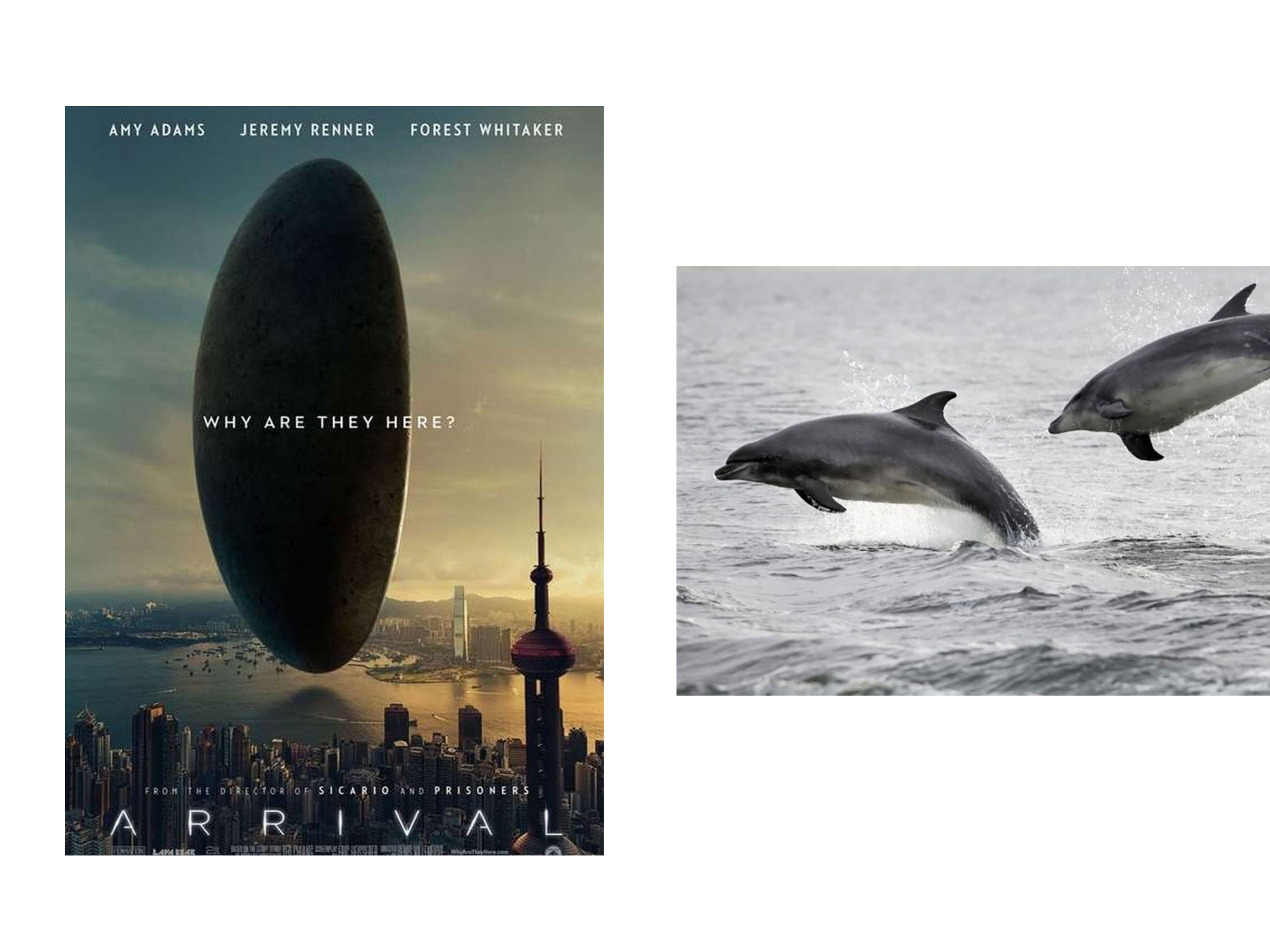

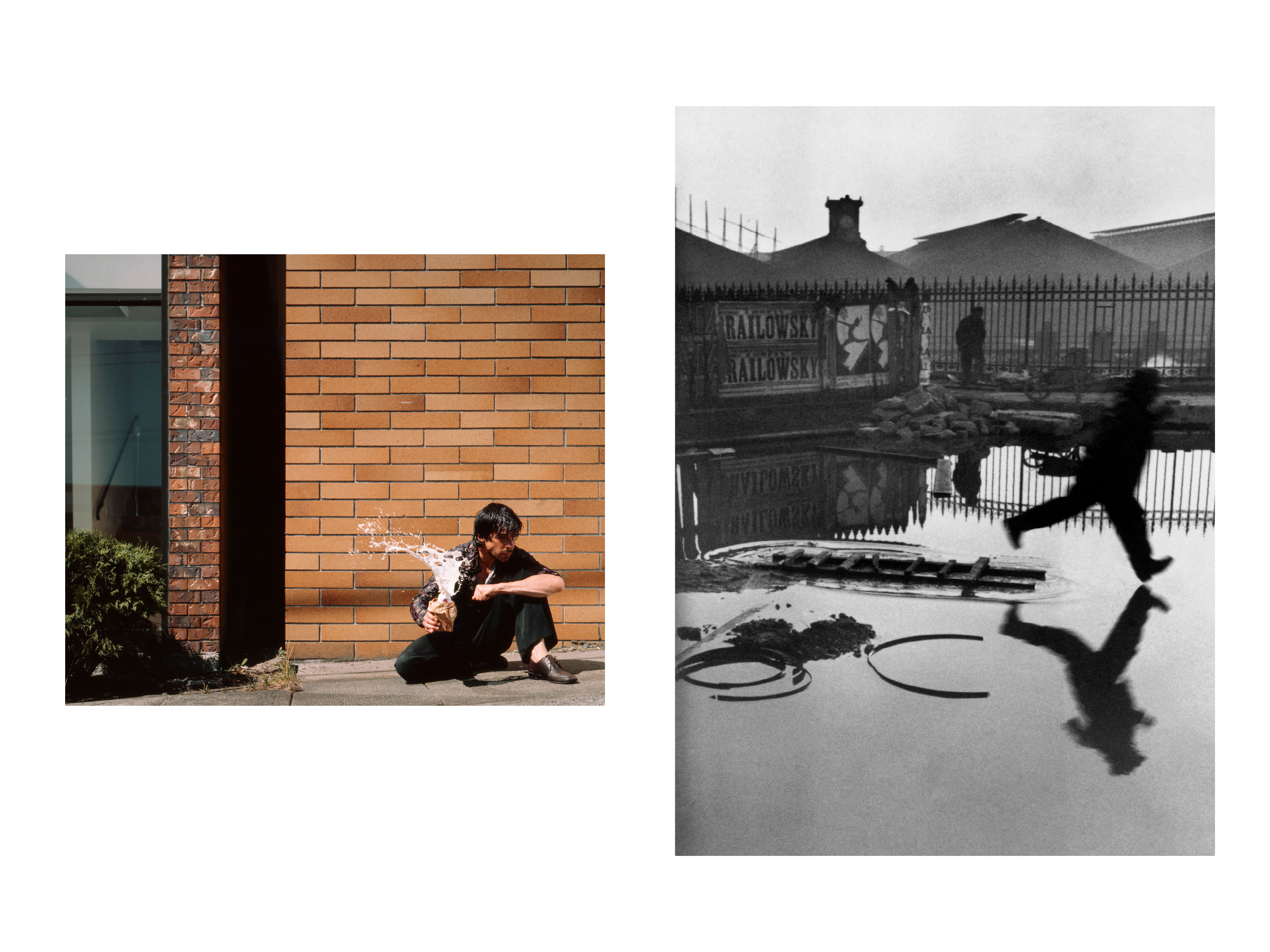

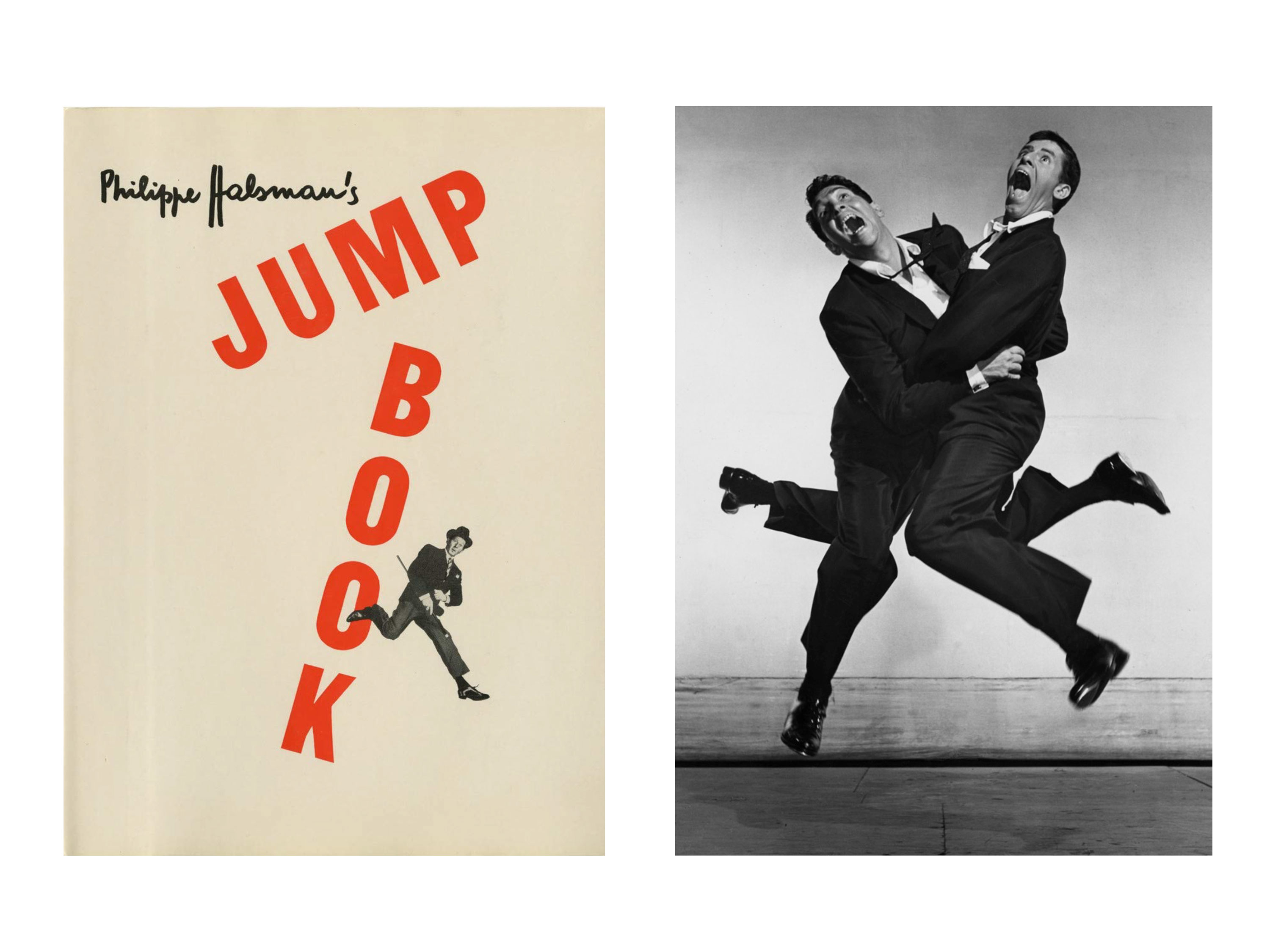
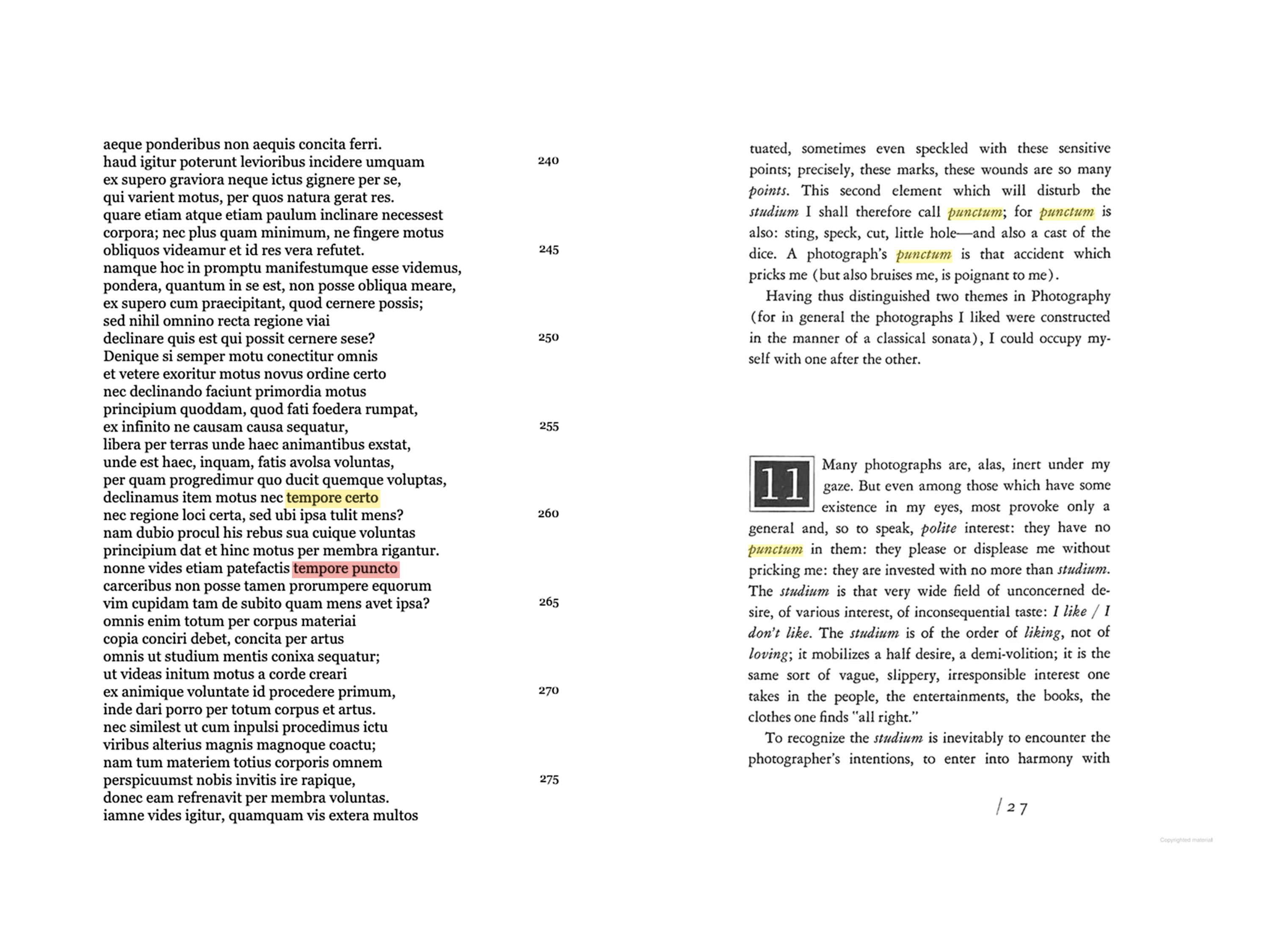
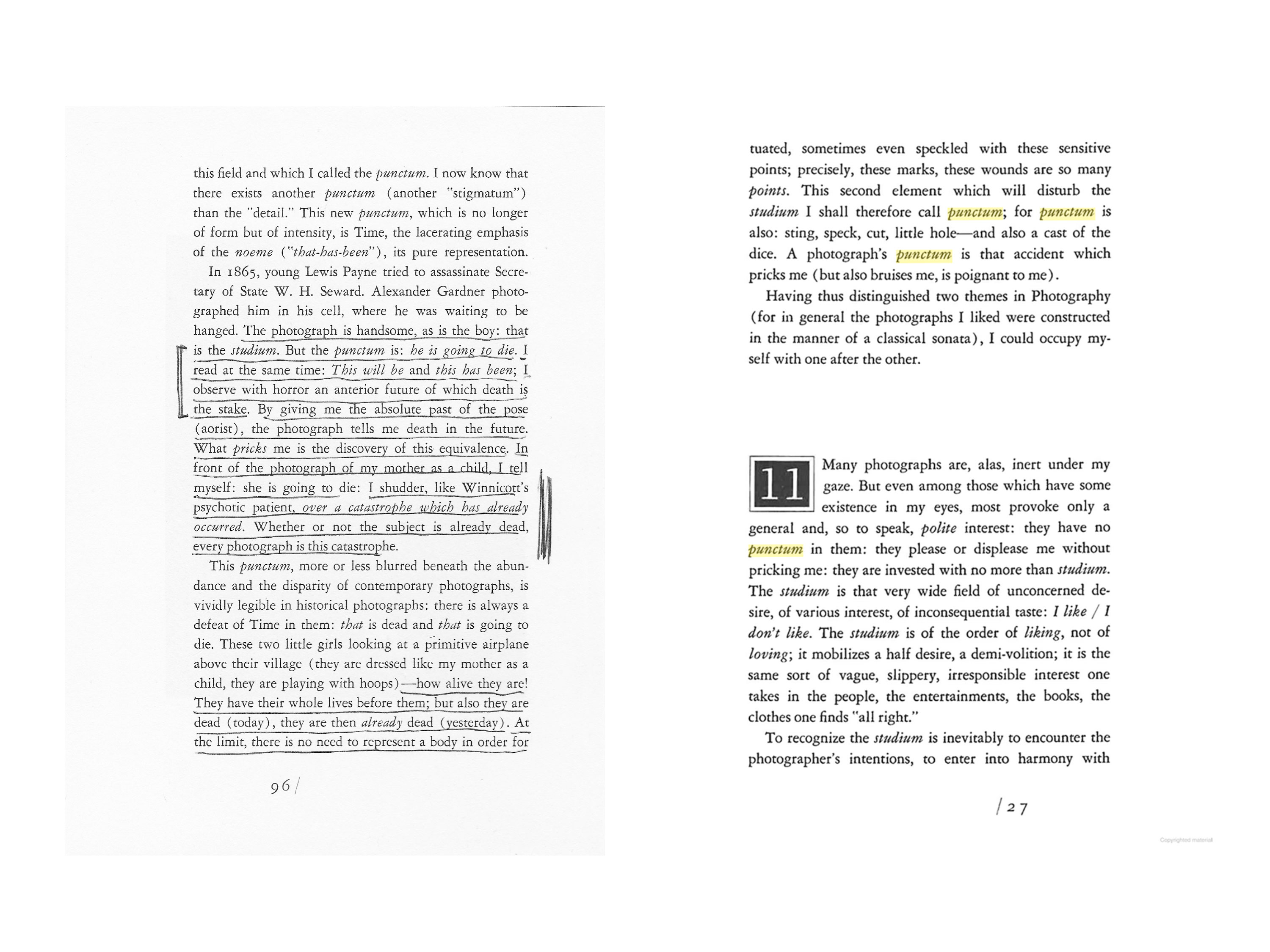
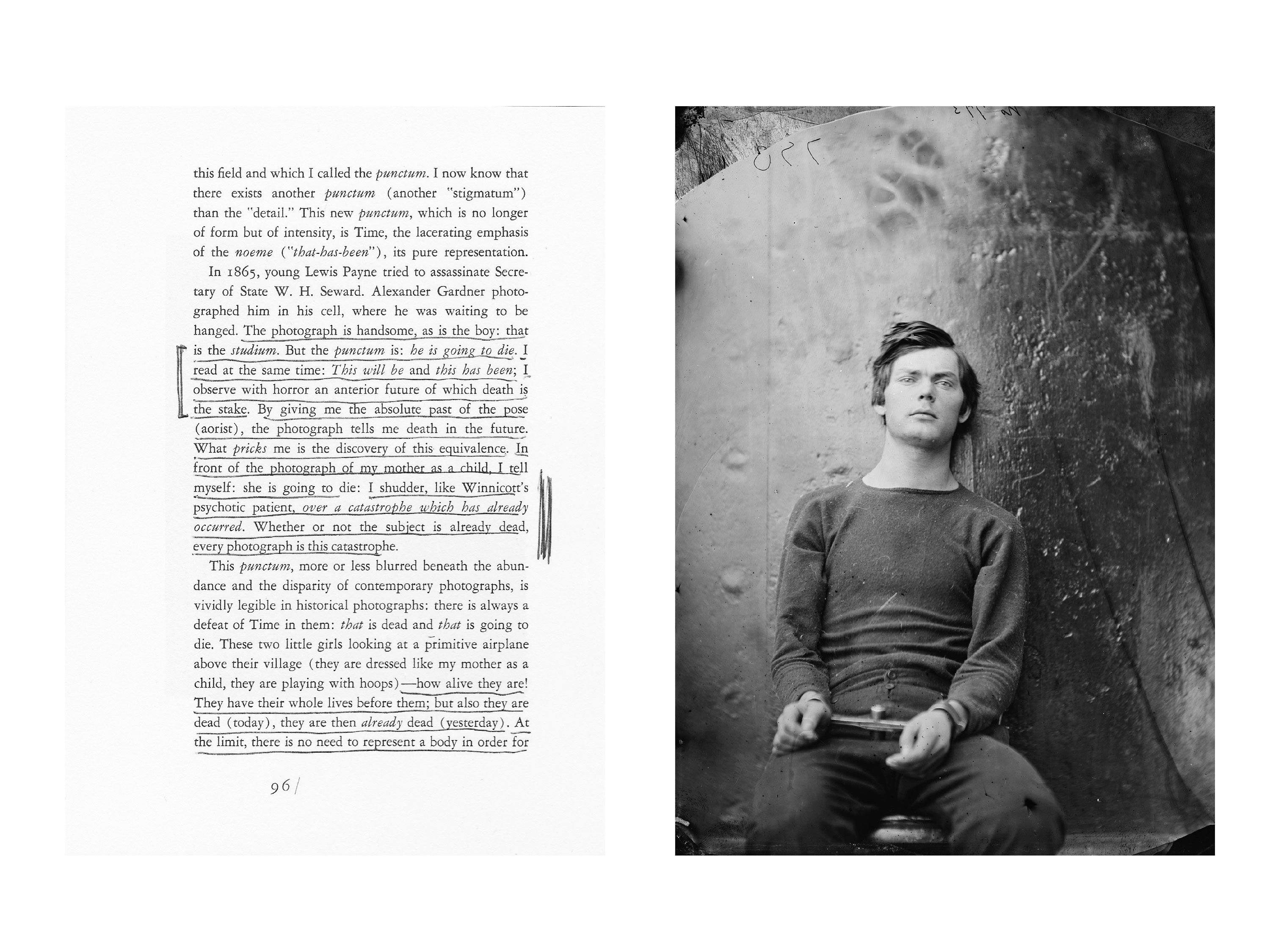

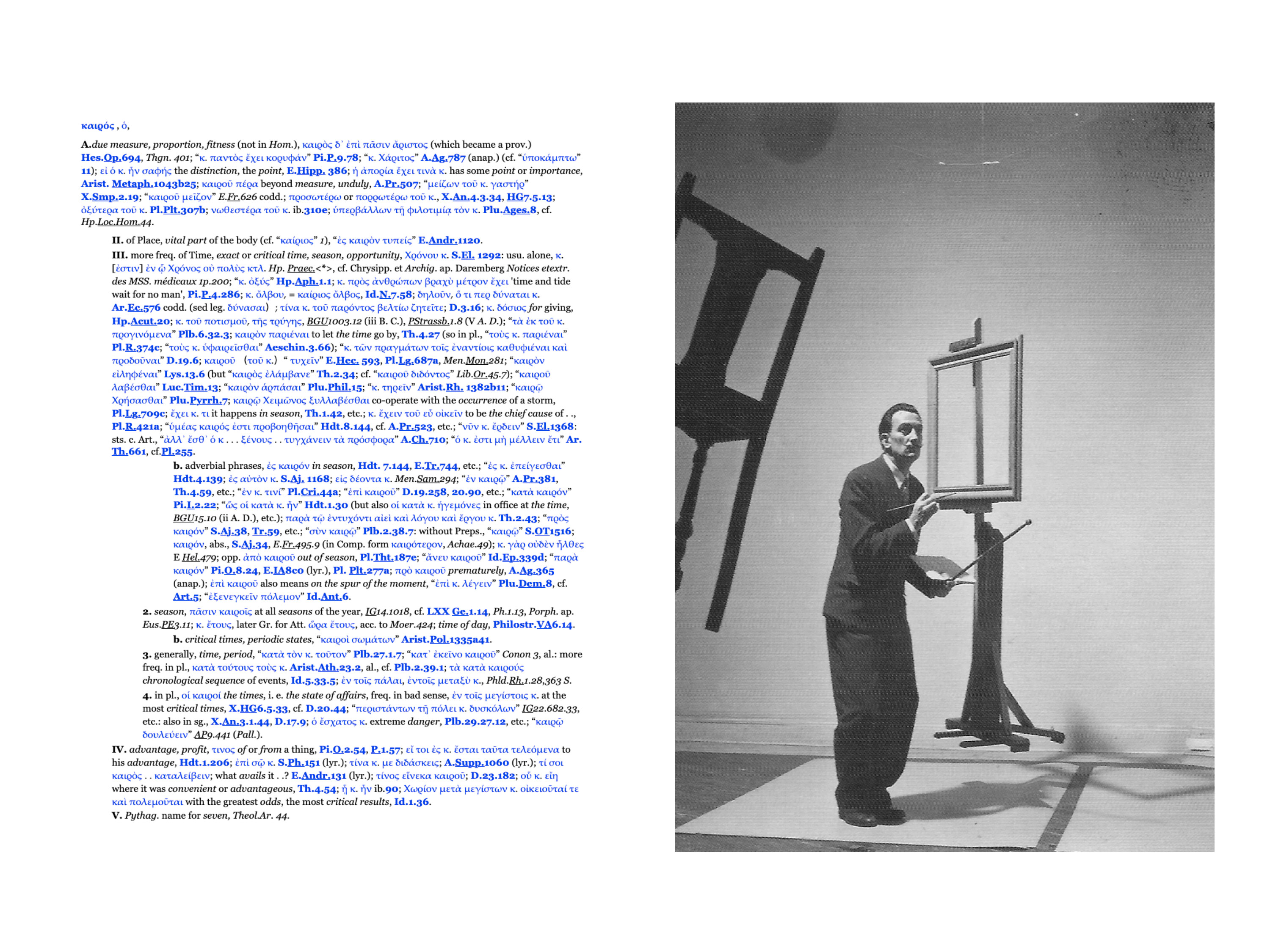
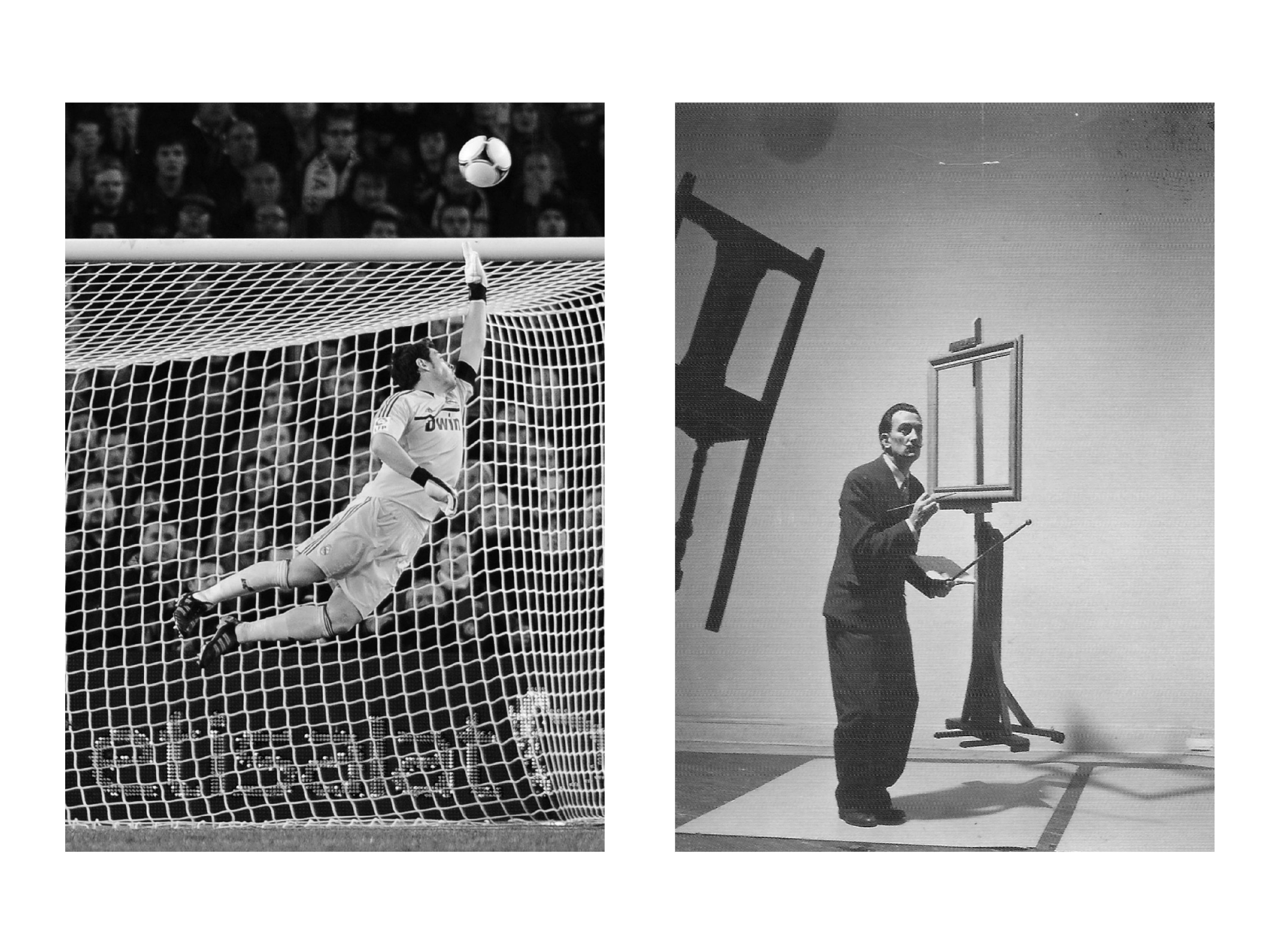
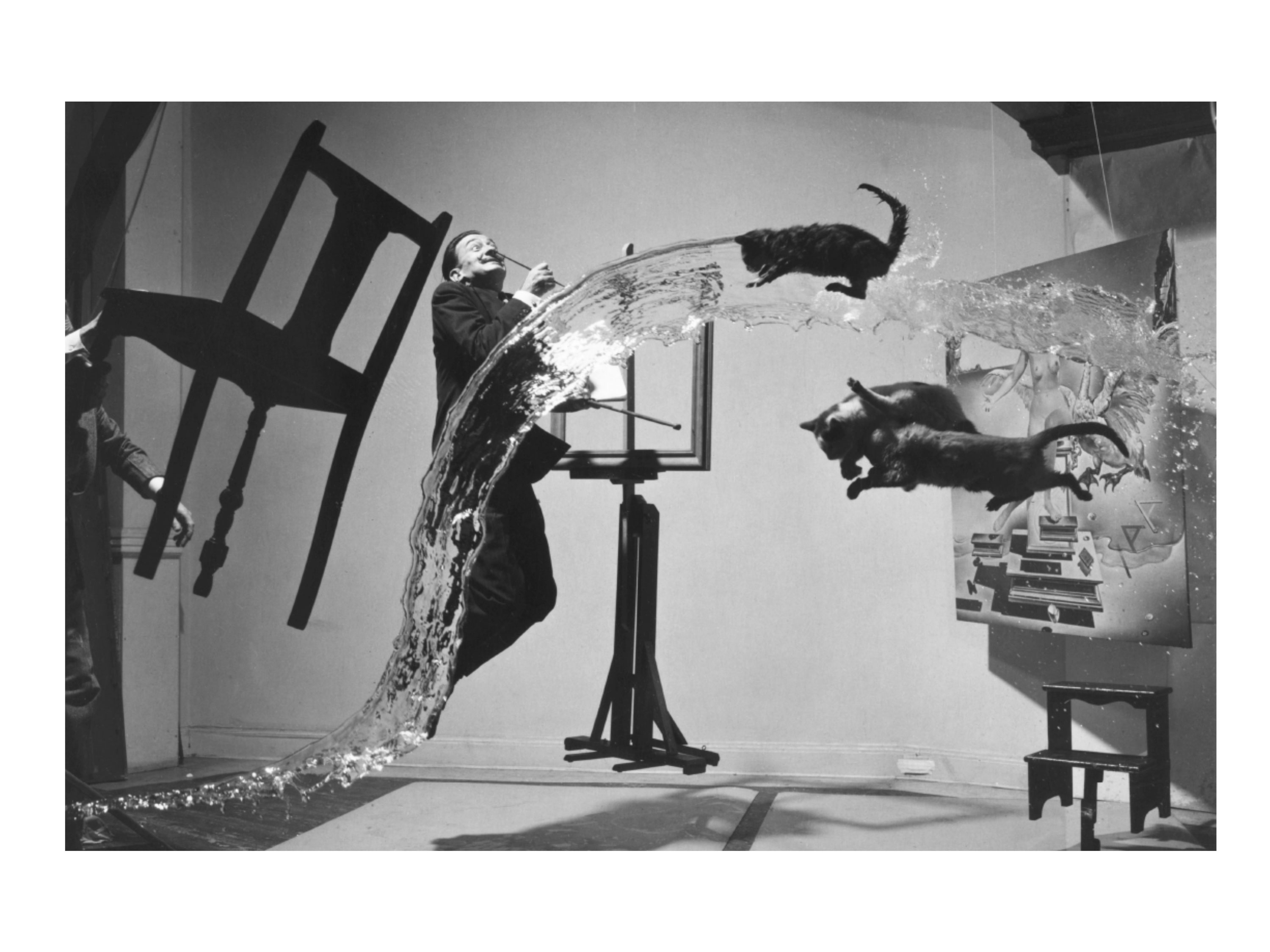
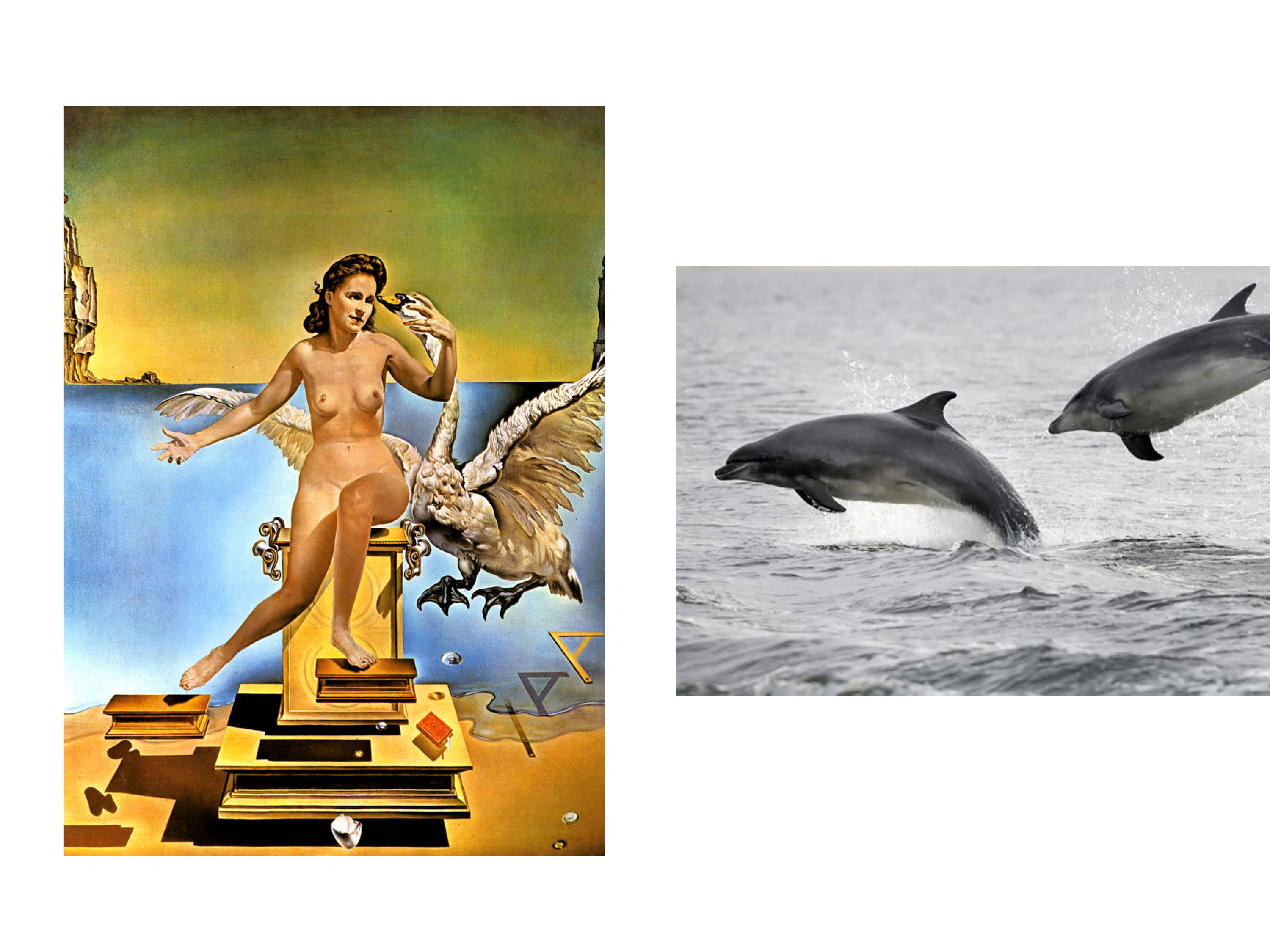
JUMPING: Grace and the Gap (part 1): gap
Via Michel Serres’s definition of grace as a “stepping aside” or “giving way” we start to link the creation of openings to figuration. During a cunning, Socratic dialogue we realize that this giving-way is the essential aspect of the bronze armor made by the blacksmith Pistias. Then, we recognize it again in the free kicks of Lionel Messi, the jumping of dolphins, the galloping of a horse, and even in the twinned columns of Claude Perrault—a trajectory that leads us to an alternative reading of Vitruvius. It’s the subtle not-fitting of parts that make up things, and again the subtle not-fitting of those things in their environment that enables “posture and motion”. In short, Burke’s definition of grace.
Via Michel Serres’s definition of grace as a “stepping aside” or “giving way” we start to link the creation of openings to figuration. During a cunning, Socratic dialogue we realize that this giving-way is the essential aspect of the bronze armor made by the blacksmith Pistias. Then, we recognize it again in the free kicks of Lionel Messi, the jumping of dolphins, the galloping of a horse, and even in the twinned columns of Claude Perrault—a trajectory that leads us to an alternative reading of Vitruvius. It’s the subtle not-fitting of parts that make up things, and again the subtle not-fitting of those things in their environment that enables “posture and motion”. In short, Burke’s definition of grace.
JUMPING: Grace and the Gap (part 2): window
In this second part we focus on the notion of the gap in time—the window of opportunity—and the different roles it plays in painting and photography. We study Dali’s “nothing touches” paradigm derived from modern physics, explaining how the gaps between things allow for images to emerge. We find Dali’s atomism similar yet very different from early atomistic theories such as the Lucretian tempore puncto, “atomic time”. Surprisingly, this coincides with Roland Barthes idea of punctum, the photo that creates a “little hole” and strikes us with the force of an arrow.
In this second part we focus on the notion of the gap in time—the window of opportunity—and the different roles it plays in painting and photography. We study Dali’s “nothing touches” paradigm derived from modern physics, explaining how the gaps between things allow for images to emerge. We find Dali’s atomism similar yet very different from early atomistic theories such as the Lucretian tempore puncto, “atomic time”. Surprisingly, this coincides with Roland Barthes idea of punctum, the photo that creates a “little hole” and strikes us with the force of an arrow.
